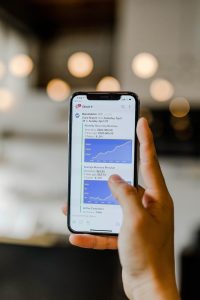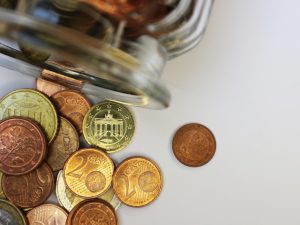The forex market is the largest financial market in the world, with a daily turnover of over $5 trillion. It operates 24 hours a day, five days a week, with trading sessions starting in different time zones around the world. The forex market’s activity is influenced by a range of factors, including economic events, political developments, and market sentiment. In this article, we’ll be discussing when the forex market is most active and the factors that drive its activity.
The forex market is open 24 hours a day, five days a week, starting from Sunday 5 pm EST to Friday 4 pm EST. During this time, traders can buy and sell currencies from all around the world, making it one of the most liquid markets globally. However, despite the forex market being open 24 hours a day, not all trading sessions are created equal. Some trading sessions are more active than others, and traders tend to focus on these sessions to maximize their trading opportunities.
The forex market is divided into three major trading sessions: the Asian, European, and North American sessions. Each session has its unique characteristics, and traders need to understand them to make informed trading decisions.
The Asian session is the first trading session of the day, starting from 11 pm EST and closing at 8 am EST. This session is the least volatile of the three sessions and is often referred to as the quiet session. The Asian session is dominated by the Japanese yen, with Tokyo being the primary financial hub in the region. However, other currencies, such as the Australian dollar and the New Zealand dollar, also see a lot of action during this session. The Asian session’s low volatility is attributed to the lack of economic data releases during this time, making it a less active session for traders.
The European session is the second trading session of the day, starting from 3 am EST and closing at 12 pm EST. This session is the most active of the three sessions and is often referred to as the London session. The European session’s high activity is attributed to the overlap with the Asian and North American sessions, making it the most liquid time of the day. The European session’s primary currency is the euro, with London being the primary financial hub in the region. Other currencies, such as the British pound and the Swiss franc, also see a lot of activity during this session. Economic data releases, such as the European Central Bank’s monetary policy announcements and the UK’s GDP figures, often cause significant price movements during this session.
The North American session is the third trading session of the day, starting from 8 am EST and closing at 5 pm EST. This session is often referred to as the New York session, with New York being the primary financial hub in the region. The North American session’s primary currency is the US dollar, with the session’s high activity attributed to the overlap with the European session. Economic data releases, such as the US non-farm payroll report and the Federal Reserve’s monetary policy announcements, often cause significant price movements during this session.
Apart from the three major trading sessions, there is also a fourth trading session, the Pacific session, which starts from 8 pm EST and closes at 5 am EST. This session is often considered the least liquid of the four sessions, with the Australian and New Zealand dollars being the primary currencies.
In conclusion, the forex market is active 24 hours a day, five days a week, with different trading sessions starting in different time zones around the world. Traders need to understand the characteristics of each trading session to make informed trading decisions. The Asian session is the least volatile of the three sessions, the European session is the most active, and the North American session is heavily influenced by economic data releases. Understanding these factors can help traders maximize their trading opportunities and manage their risk effectively.





